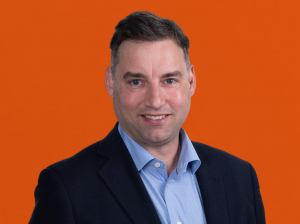Every business will from time to time need to acquire new plant and machinery. These might be very expensive items, like new printing presses, manufacturing equipment or vehicles (warning be careful of the tax aspects of privately using the assets), or relatively inexpensive items, such as computers or the tools of a trade.
There are many ways a business can choose to purchase new assets, but the now-famous words from US oil baron, John-Paul Getty, still ring true – “If it appreciates, buy it. If it depreciates, lease it”.
Below are a few of the more common ways a business can fund the purchase of a new asset.
Hire purchase. Most of us will be family with hire purchase, where the cost of the asset is spread over a set period after which that asset will be owned by the business. Assets purchased in this way can qualify for capital allowances claims.
Operating lease. An operating lease is essentially a rental over a set period. Businesses benefit from the predictable monthly cost but will never own that asset. There are many different ways to structure an operating lease, sometimes called a finance or capital lease, each with different tax issues to consider.
Contract hire. Contract hire is primarily reserved for vehicle fleets and is attractive when a business owner does not wish to worry about ongoing maintenance. Vehicles are not owned by the business but by the finance provider .
Businesses can also use assets they own to raise additional capital. Assets can be used as loan security or selling an asset to a specialist asset finance house who will then lease it back to the business for a fixed monthly fee. If the business were to default on that loan or be unable to meet lease obligations it may lose that asset.
Businesses are strongly recommended to take advice on the financial and tax aspects before choosing a particular asset finance route. We offer a free initial consultation, where we can discuss what you would like to achieve and the options available. Please get in touch with James Johnson on the details below.

